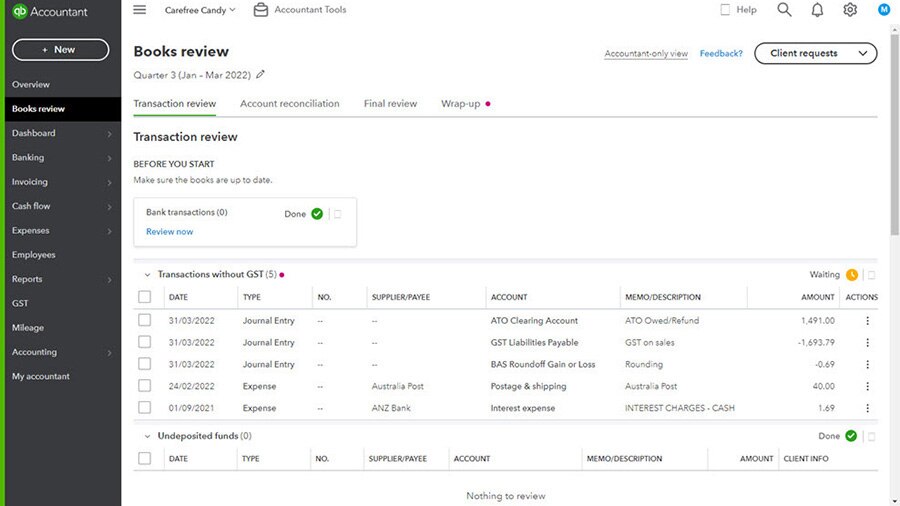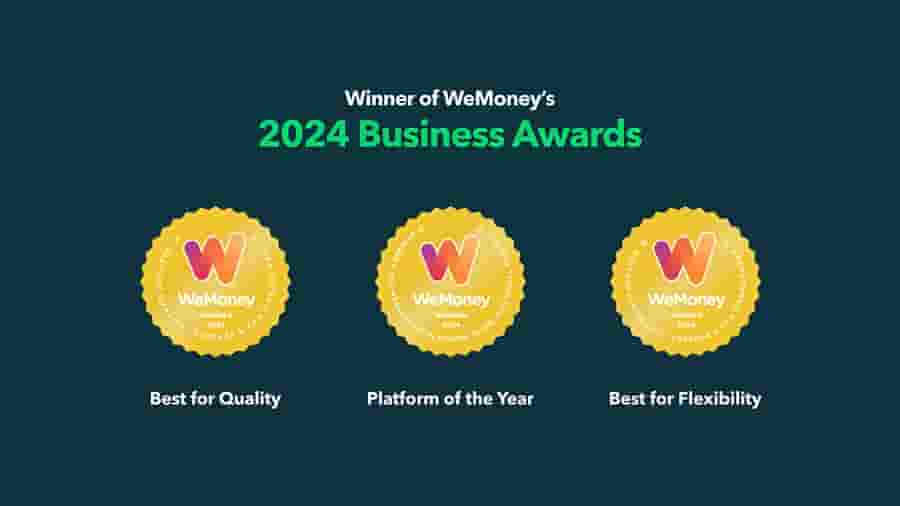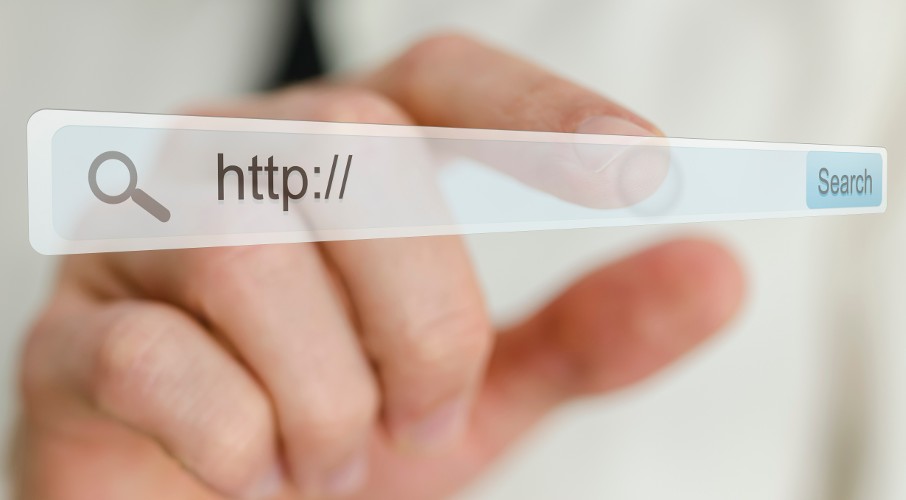Enterprise resource planning (ERP) software gathers all of an organisation’s business tools in one virtual room to facilitate workflow and solidarity between departments. An ERP system helps to improve business performance through a number of different functional modules such as finance, sales, manufacturing, supply chain management and human resources.
According to Gartner, the enterprise resource planning market grew 8.8% to a value of US$38.8 billion in 2019. As businesses grow and find the need to improve efficiency while maintaining a certain quality of service, ERP software becomes an attractive option. However, ERP systems can be costly and complex, and it is not uncommon for businesses to struggle with adoption and thus experience negative business impacts.
For these reasons it’s important to understand what ERP is, the features these systems offer and the tradeoffs your organisation can expect from adopting one.
















